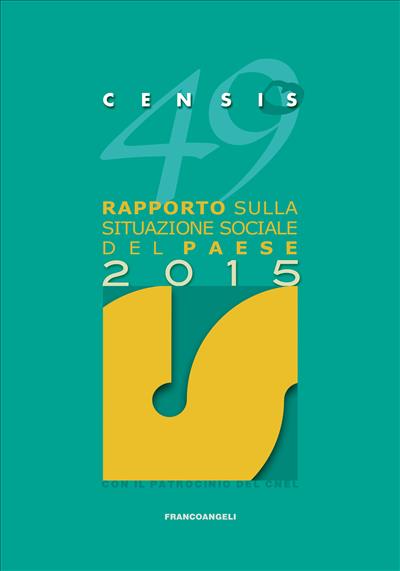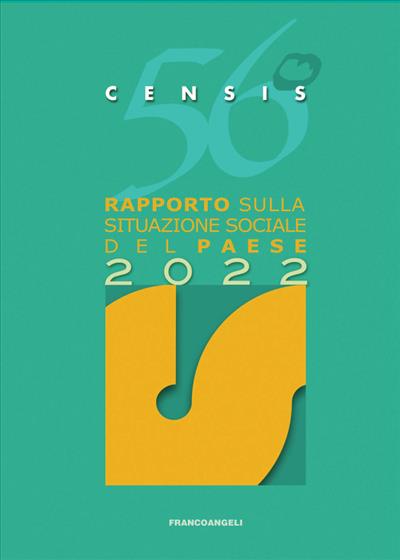
Italy Today 2005.
Social picture and trends
Printed Edition
29.50
Printed Edition
29.50
Pages: 256
ISBN: 9788846478160
Edition: 1a edizione 2006
Publisher code: 2000.1144
Availability: Discreta




